Why site wines
This one vineyard harvested at exactly this time - a wine bottle like this is truly a time capsule. What other product is able to reflect the magic of time, origin and enjoyment in such a way? But not everywhere where vines are planted, the same quality grows. It is an old adage that there are vineyards that consistently produce exceptional wines every year, while elsewhere - with comparable care and cultivation - may produce only good or mediocre wines.
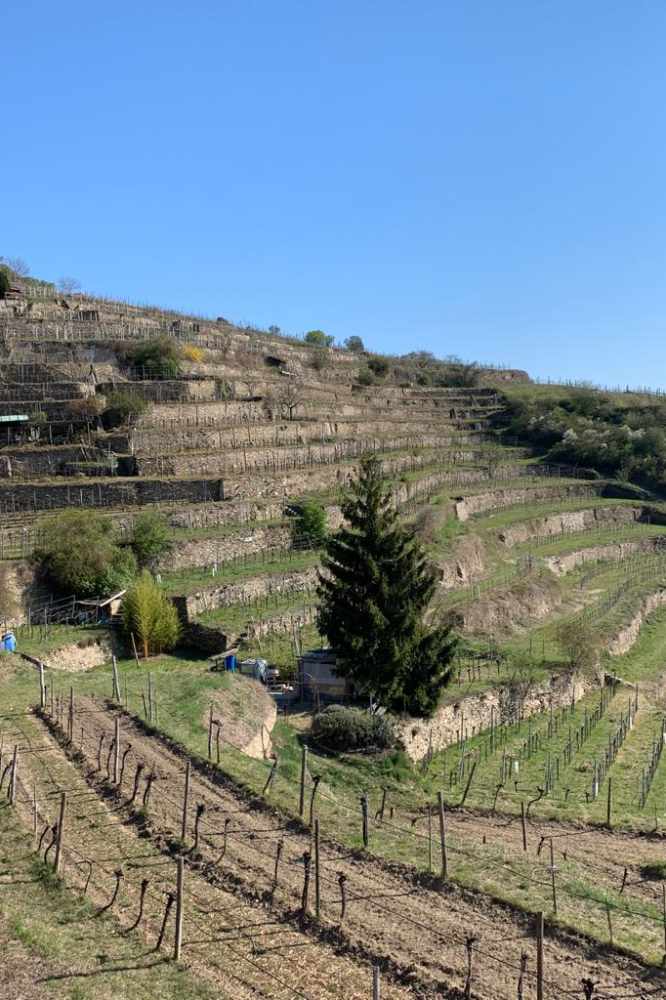
Steiner Kögl 1 ÖTW
South-facing, narrow dry stone terraces behind the old town of Stein and protected from westerly winds by Steiner Schreck and Kremser Kreuzberg. The soil on the mica schists is stony and extremely poor. Only in the uppermost part of the slope is there a thin, sandy/silty layer with a clear lime content over the weathered crystalline primary rock on the slope.
Characteristics
The Riesling from Steiner Kögl shows concise ripe stone fruit with impressive notes of yellow peach and candied pineapple. Due to its mineral character, it is always taut in texture. Balanced by the ripe fruit in the finish, this wine often surprises with the apart slightly bitter finish of a fresh kumquat.
Steiner Pfaffenberg 1 ÖTW
The Pfaffenberg is a steep, southeast-facing site close to the Danube and thus strongly exposed to wind and extreme temperatures. The bedrock consists of crystalline primary rock such as Gföhler gneiss, mica schist and amphibolite in places. The soils are correspondingly stony, hard and mostly free of lime.
Characteristics
An exceptionally aromatic wine with intense, multi-layered fruit of apricot, lemon zest and candied tropical fruits. On the palate, it is characterised by incredibly lively elegance, with ravishing drinking flow and a long, fruit-driven finish.
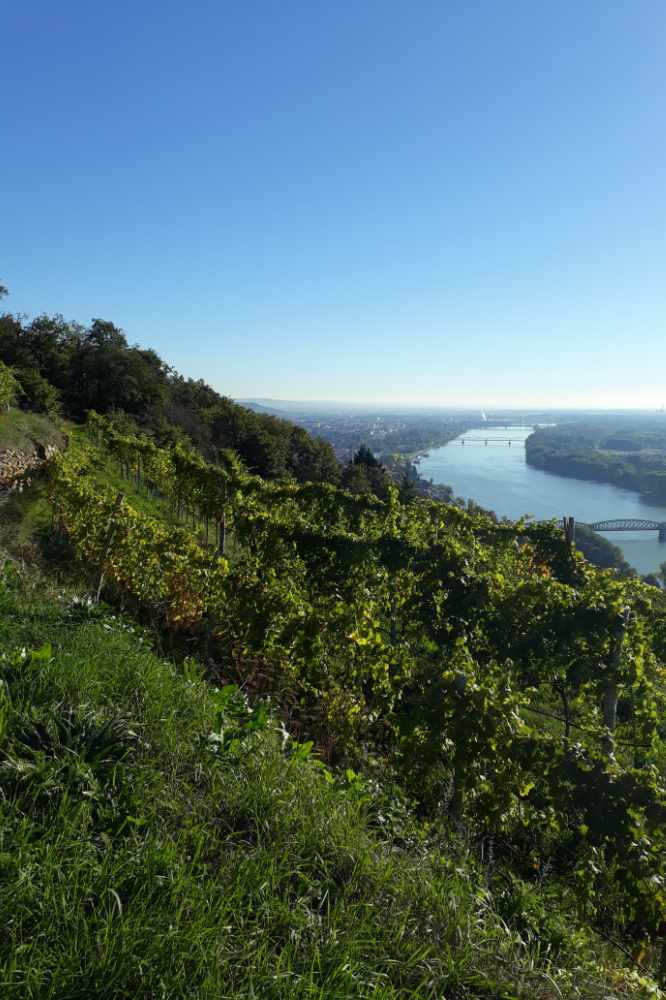
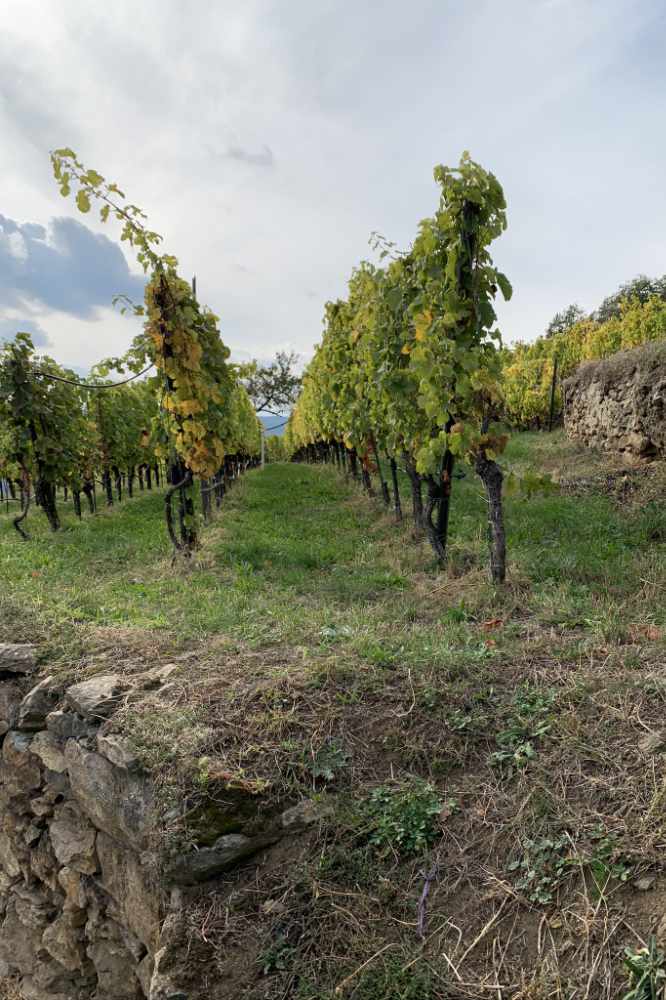
Loibner Loibenberg
The soil of these high dry stone terraces consists mainly of Gföhler gneiss, a metamorphic rock formed from an acidic, granite-like parent rock. The sandy-stony subsoil favours water drainage and facilitates root growth. At the foot of the Loibenberg there are loess and Danube gravel formations, whereas at the top pure granite emerges in places.
Characteristics
Perhaps the most complex and full-bodied of our Rieslings with ripe peach notes and full nectarine aromas. On the palate, the balanced texture, the rich body and the endless length, reminiscent of kumquat and ripe physalis, are impressive.
Weinzierlberg
As an outcrop of the Bohemian Massif, crystalline paragneiss is found deep underground. Characterised by gravel and a loess layer, the Weinzierlberg is strongly influenced by the Pannonian climate.
Characteristics
In this wine, fruit notes of pears and quinces paired with herbal aromas are in the foreground. The interplay between fruit and acidity gives the wine its lively character and the spiciness in the finish - its unique elegance.
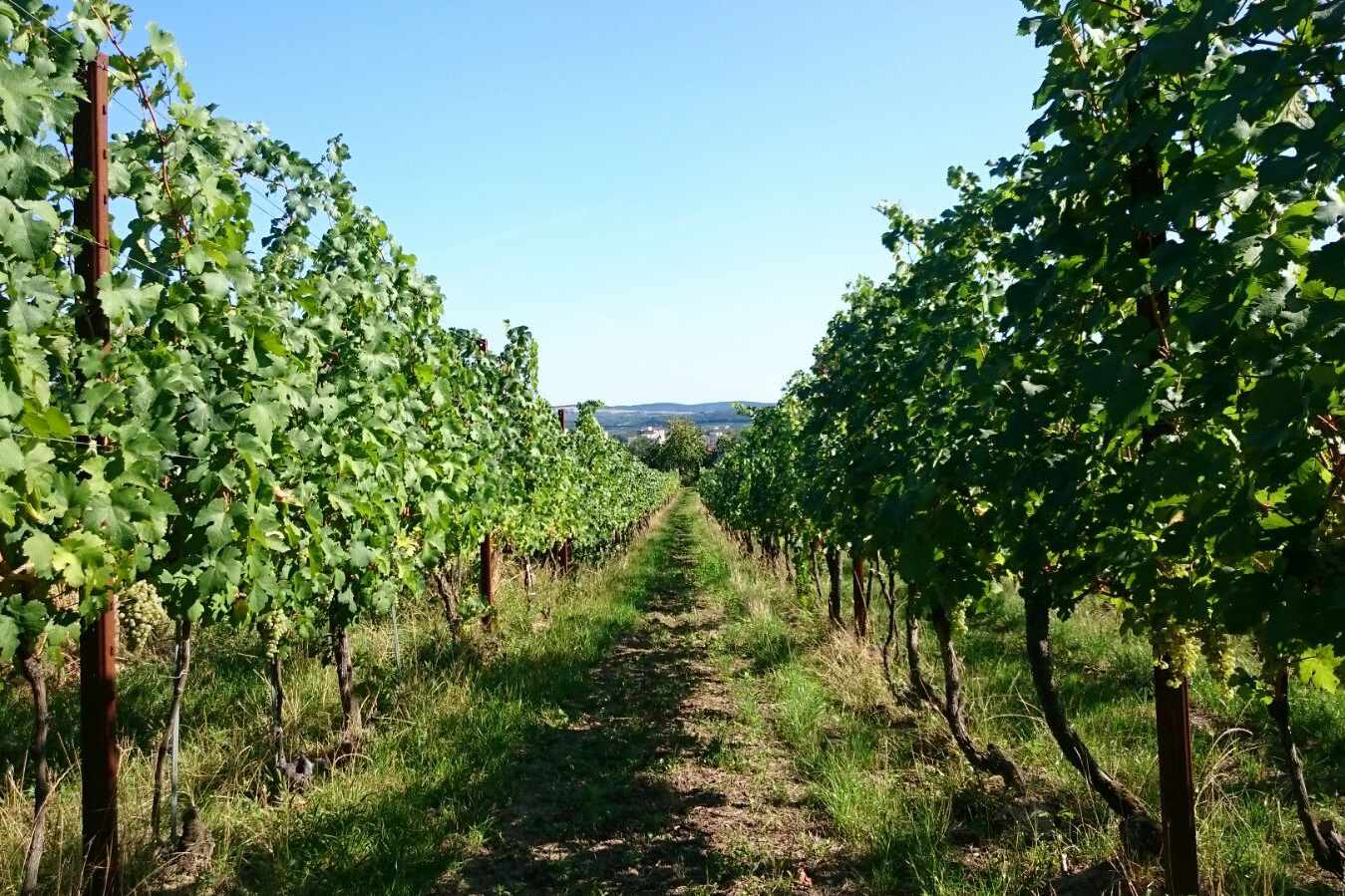
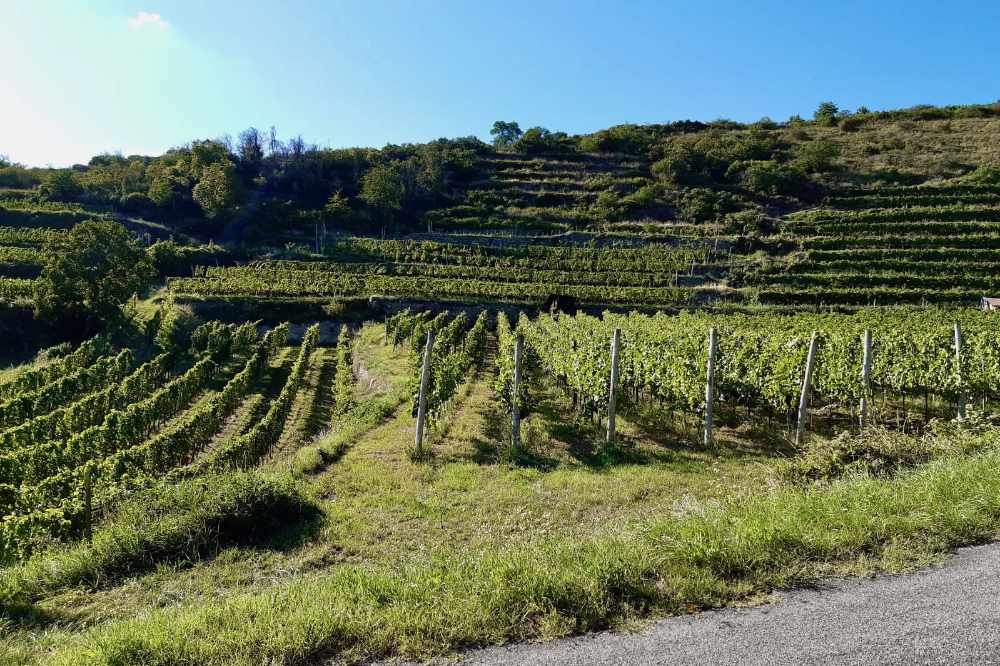
Braunsdorf
The source rock for these high dry stone terraces is Gföhler gneiss, a metamorphic rock that was transformed from an acidic, granite-like source rock. The sandy-stony soil favours water drainage and facilitates root growth. At the foot of the Loibenberg there are loess and Danube gravel formations, whereas at the top, pure granite emerges in places.
Characteristics
Perhaps the most complex and rich of our Rieslings, with ripe peach notes and full nectarine aromas. On the palate, the balanced texture, the full body and the endless length impress, in which kumquat and ripe physalis alternate.